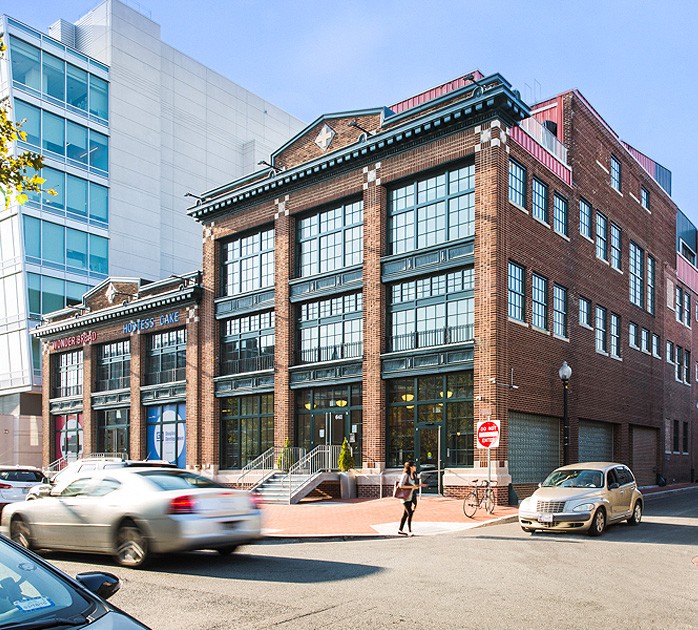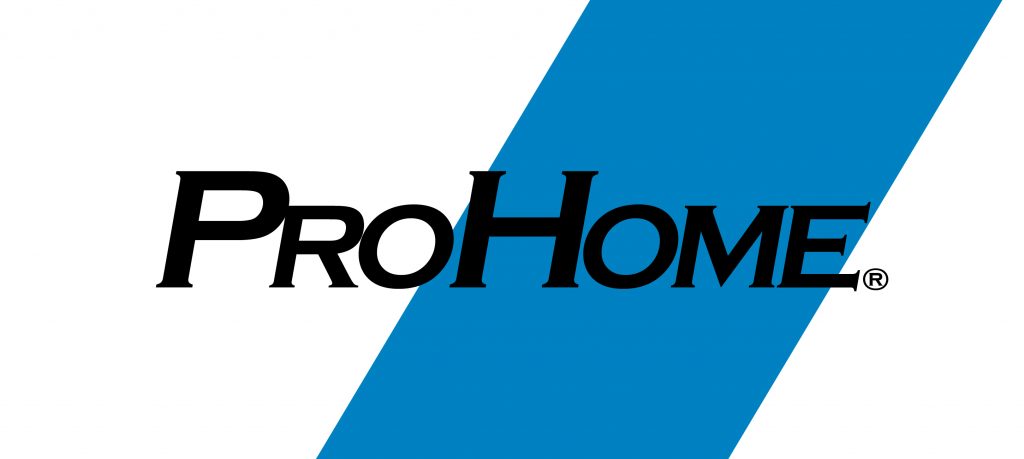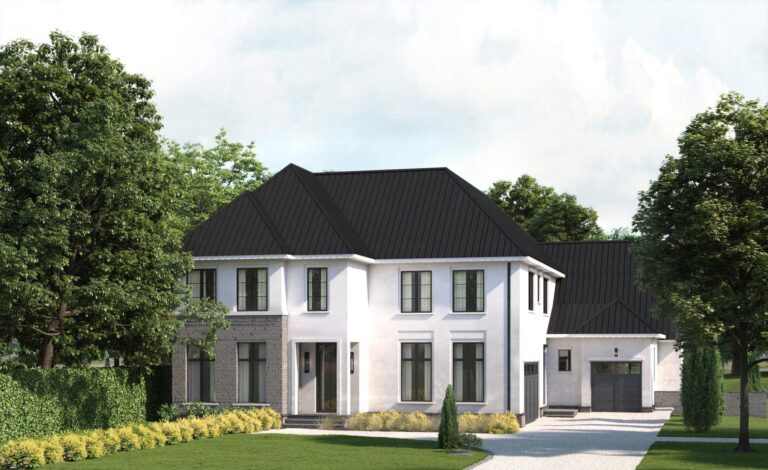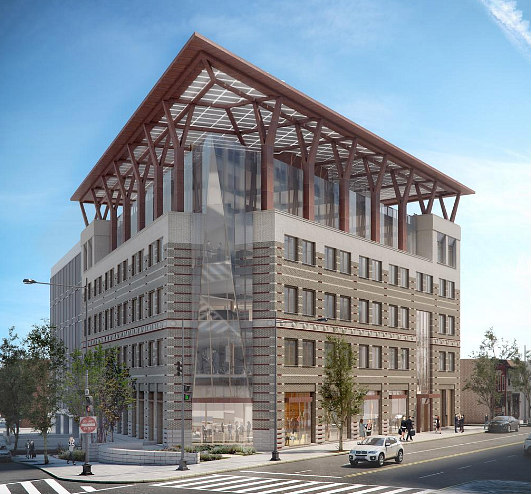How Adaptive Reuse is Part of the Solution to the Housing Crunch

The United States economy is in a precarious position. Inflation continues to rage, leading the Federal Reserve to increase interest rates, hoping this will dampen demand. However, raising interest rates is not a targeted operation – many elements of the economy are impacted, including housing. If the housing industry were solely affected by demand, it would be growing by leaps and bounds.
We’ve all heard about the housing shortage in the United States. There’s a shortage of 2.3 million homes, according to CNN Business. The roots of the current shortage stem from the 2008 housing bubble collapse.
The long-standing shortage seemed to be trending in the opposite direction earlier in the decade. “In the second half of 2021, single-family homes were being both started and completed at the fastest pace in the last decade,” reports CNN Business. However, the pace of construction did not keep up: “… in 2022, the United States saw the highest level of yearly household formations in the last decade, with 2.06 million new households, outpacing housing starts.”
Reducing the housing shortage is a long-term proposition while the housing market faces a plethora of challenges. It will require creativity, determination, and a bit of luck.
The American Planning Association pondered “How Adaptive Reuse Can Help Solve the Housing Crisis.” They note that transforming old buildings into housing is not a new concept, but there’s been an uptick in residential adaptive reuse.
Working from home is no longer a workaround due to the pandemic, and the numbers are down. According to The Hill, by early 2023, the numbers stabilized at 30%, down from a high of 61% in May 2020. Note that in January 2019 just 4.7% of employees worked from home.
This means many things, including a growth in underused office buildings that create the market for adaptive reuse.
Reusing office buildings and converting them to residential housing seems like a no-brainer, sort of like the saying in the kids’ movie, Robots, “See a need, fill a need.”
However, there are challenges to adapting office buildings to residential housing, including zoning laws. According to the American Planning Association, “… on Main Streets and in central business areas, restrictive zoning is a massive hurdle.” “Industrial areas often aren’t zoned for residential use, … so repurposing those structures for housing requires special permits, or for zoning ordinances to be waived altogether.” Building codes present another challenge.
The conversion itself is not simple. According to Slate, the shape of the buildings (hard for natural light to reach all rooms) is an issue. Other issues can include centralized utilities, which “… requires extensive work to bring plumbing and HVAC into new apartments.” Ultimately, applying adaptive reuse means “… significant architectural intervention.”
Slate concludes, “converting buildings to residential use is expensive. Couple that with the fact that office rents are higher per square foot than residential rents are, and you see why developers aren’t champing at the bit to get new projects underway.”
Despite the challenges noted above, cities are moving forward on adaptive reuse projects. New York City created an Office Adaptive Reuse Task Force with a mission to explore opportunities to convert office buildings into housing and other uses.
Adaptive reuse is also top of mind for officials in Washington, D.C. John Falcicchio, former deputy mayor for planning and economic development, said, “… adaptive reuse can be useful for creating a 24-7 feel—especially in Downtown D.C. We need to do [adaptive reuse] to save downtown.”
Washington, D.C. Mayor Bowser is enthusiastic about the idea of adaptive reuse. Earlier this year she declared that over the next five years her goal was to create 15,000 new residences in the District’s downtown via adaptive reuse. If the District can implement the mayor’s adaptive reuse plan, Washington DC will take a meaningful step forward in reducing the housing shortage in the area.
ProHome was founded by builders for builders 40 years ago in Wichita KS. Since starting operations in the DC Metro Area in 2002, we have provided multi-family developer acceptance/single-family quality inspections and third-party warranty management solutions involving over 25,000 units/homes. Our services deliver financial efficiency and seamless operational scalability during all economic cycles for our developer and builder clients.


